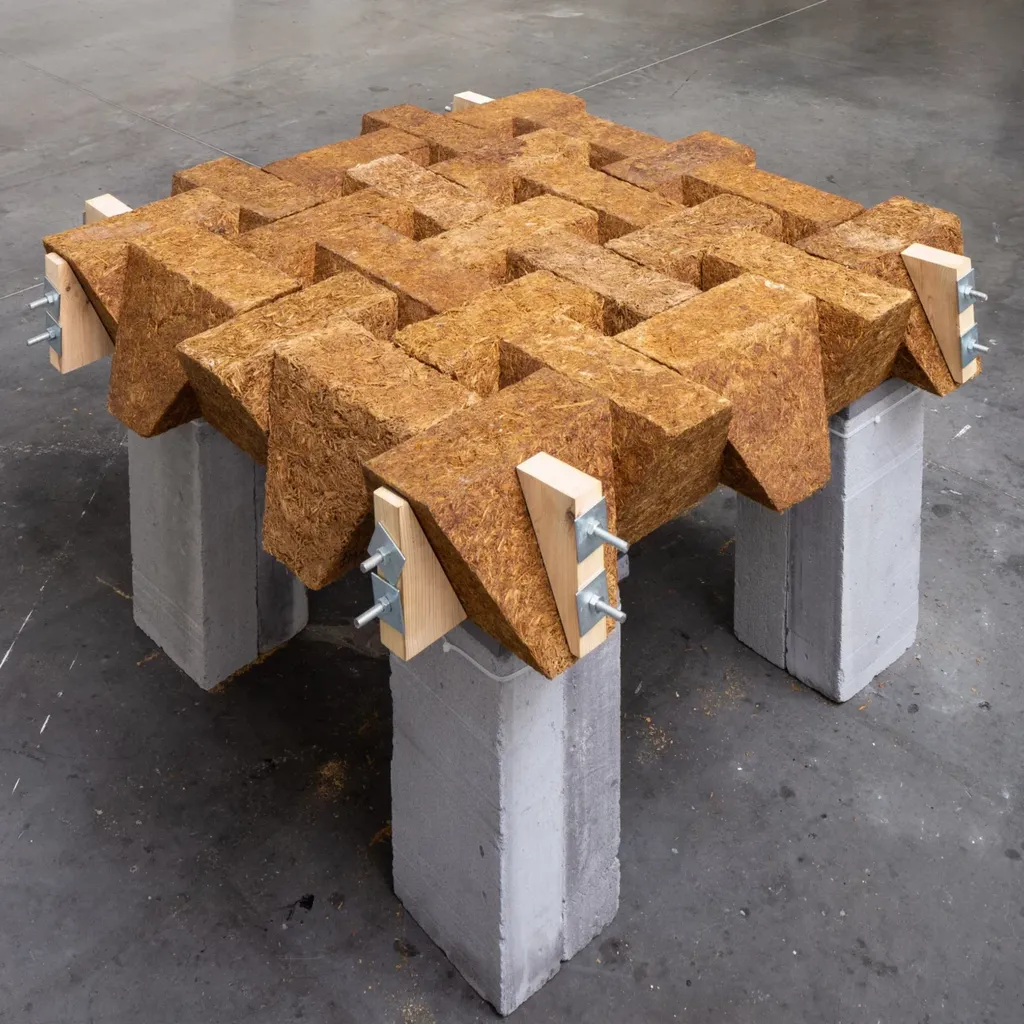In the quest for sustainable construction materials, researchers have turned to an unlikely ally: sugarcane. A recent study published in *Scientific Reports* (translated from the original Chinese title) explores the potential of sugarcane bagasse fiber (SBF) to reinforce lightweight foamed concrete (LFC), offering promising insights for the energy sector. The research, led by Afiya Abdul Sattar from the School of Housing, Building and Planning at Universiti Sains Malaysia, delves into the physical, mechanical, and durability properties of LFC when reinforced with varying percentages of SBF.
The study, which tested SBF weight fractions ranging from 0% to 5%, found that incorporating 4% SBF significantly enhanced the performance of LFC. “The inclusion of 4% SBF improved compressive strength by 53%, increased ultrasonic pulse velocity by 17%, and reduced drying shrinkage by 58% compared to the control mix,” Sattar explained. These improvements suggest that SBF-reinforced LFC could be a game-changer for construction projects aiming to reduce material consumption and environmental impact.
One of the most compelling findings was the reduction in water absorption and porosity with increasing SBF content. The 5% SBF mix showed up to a 19% decrease in water absorption, indicating better durability and potentially lower maintenance costs. Additionally, the study noted a slight decline in thermal conductivity, hinting at improved insulation properties—a crucial factor for the energy sector.
The commercial implications of this research are substantial. Lightweight foamed concrete is already valued for its reduced material consumption and improved thermal insulation. The integration of sugarcane bagasse fiber could further enhance these properties, making it an attractive option for sustainable construction. “This study offers valuable insights into the mechanical, thermal, and durability characteristics of LFC-SBF composites, highlighting their potential as sustainable construction materials,” Sattar said.
As the construction industry continues to seek eco-friendly alternatives, the findings from this study could shape future developments in the field. The use of natural fibers like sugarcane bagasse not only reduces the environmental footprint but also opens up new avenues for innovation in material science. With further research and development, SBF-reinforced LFC could become a standard in sustainable construction, offering a cost-effective and environmentally friendly solution for the energy sector.

